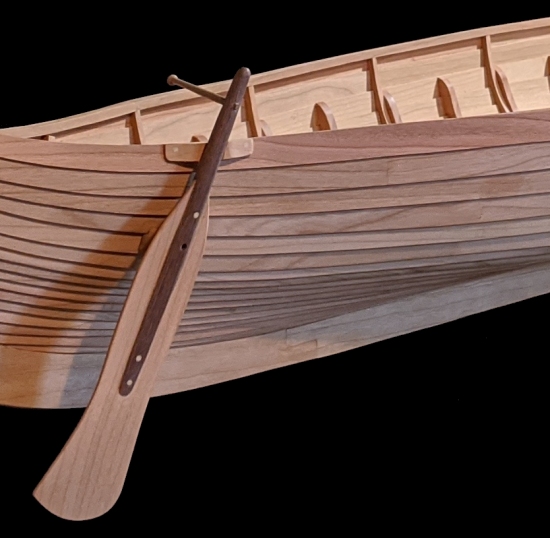
Reconstructing a Norse Drakkar longship
The steering element. In the Viking Age, the rudder on ships and boats sat on the starboard side (the name deriving from styrbord, the Norse term the boards (planks) in the side where you steer the boat, hence, steering-board).This gave rise to some challenges, one of which was the shape of the rudder; the other was the manner in which the rudder could be attached to the ship.

Vikings, Viking ship, Norse
The Viking ship was perhaps the greatest technical and artistic achievement of the European dark ages. These fast ships had the strength to survive ocean crossings while having a draft of as little as 50cm (20 inches), allowing navigation in very shallow water. ©2003 Robert Becker

The Gokstad Boat Viking ship, Boat rudder, Small boats
The rudder was shifted to the starboard side, giving the captain more control over the ship. Vikings also made the switch from paddles to oars. One of the most famous Viking ships, the Oseberg, had thirty oars. The longship Hedeby I, had nearly double that. A cargo ship fit for the ocean, from the Viking Ship Museum, Roskilde, via the Daily Sabah

Stern and Rudder of a Viking Ship Editorial Stock Image Image of wooden, museum 93842354
History The Viking longships were powerful naval weapons in their time and were highly valued possessions. Archaeological finds show that the Viking ships were not standardized. Ships varied from designer to designer and place to place and often had regional characteristics.

Oslo Viking ship rudder. denisbin Flickr
Seawise Giant. The TT Seawise Giant —earlier Oppama; later Happy Giant, Jahre Viking, Knock Nevis, and Mont —was a ULCC supertanker that was the longest self-propelled ship in history, built in 1974-1979 by Sumitomo Heavy Industries in Yokosuka, Kanagawa, Japan. She possessed the greatest deadweight tonnage ever recorded.

Closeup Of A Hand Carved Rudder On A Replica Viking Ship With Blue Water In The Background Stock
Viking ships did not have a rudder at the back of the ship (a medieval innovation in Scandinavia), but instead had a large 'steering' oar attached to the starboard (or 'steering-side') of the ship.

Timón de la nave de Viking foto de archivo. Imagen de noruega 51748740
The Gokstad Boat Boatbuilders Birger Andersen, Maik Riebort, Martin Rodevad Dael, Asger Rørdam and boatbuilding apprentice Malthe Solhøj, built the largest of the three small boats that were found with the ship burial at Gokstad in Norway. Length: 9.77m Width: 1.86m Sail area: 14m 2 Oars: 5 pairs
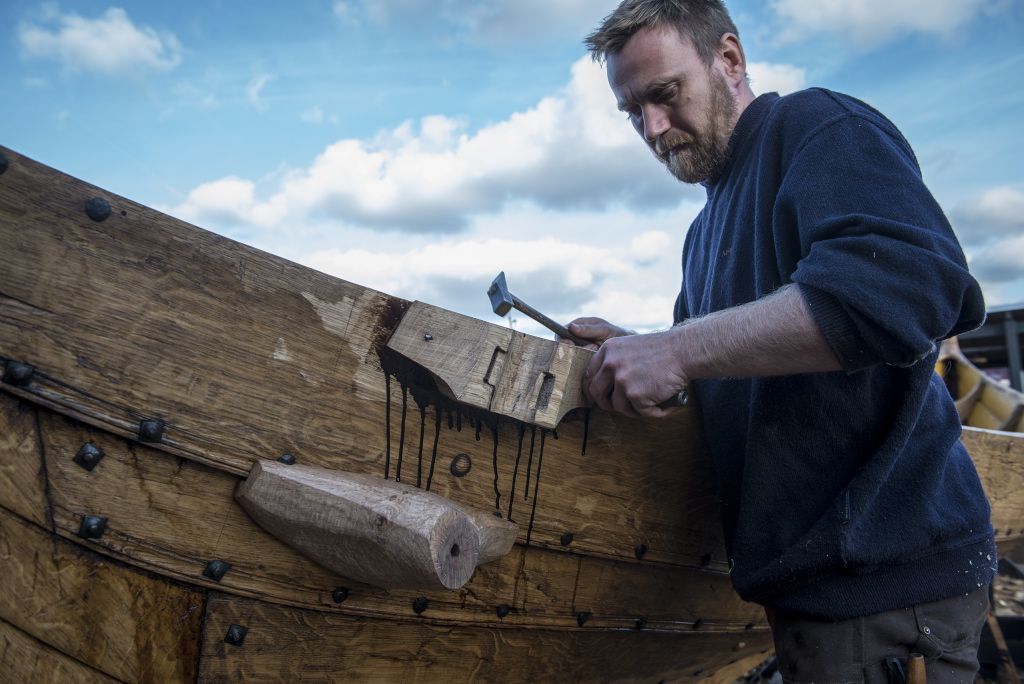
Rudder and tackle Vikingeskibsmuseet Roskilde
Seafarers steered using a single side rudder on the right, the 'starboard' or "steering board" side.. The modern phase of Viking ship investigation began with the recovery of five vessels at.
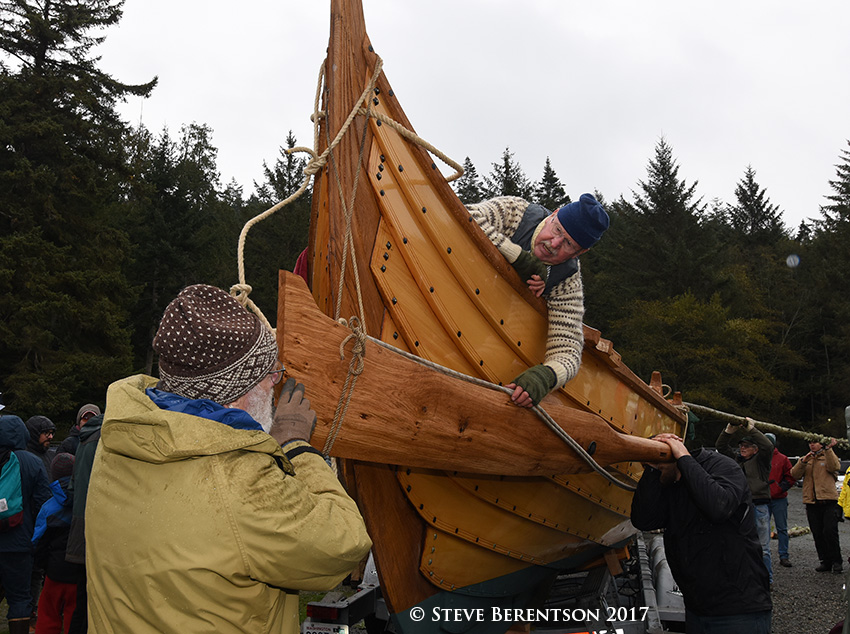
Viking ship thrills crowd In the News Anacortes Today
Jonathan Williamson 1 year ago If you lived in the early medieval period, nothing would induce fear more than sighting a Viking ship heading your way. The Gokstad ship, a Viking ship from the 9th century found in a burial mound at Gokstad and exhibited at the (temporarily closed) Vikingskipsmuseet in Oslo. Source: Trygve Finkelsen / Shutterstock
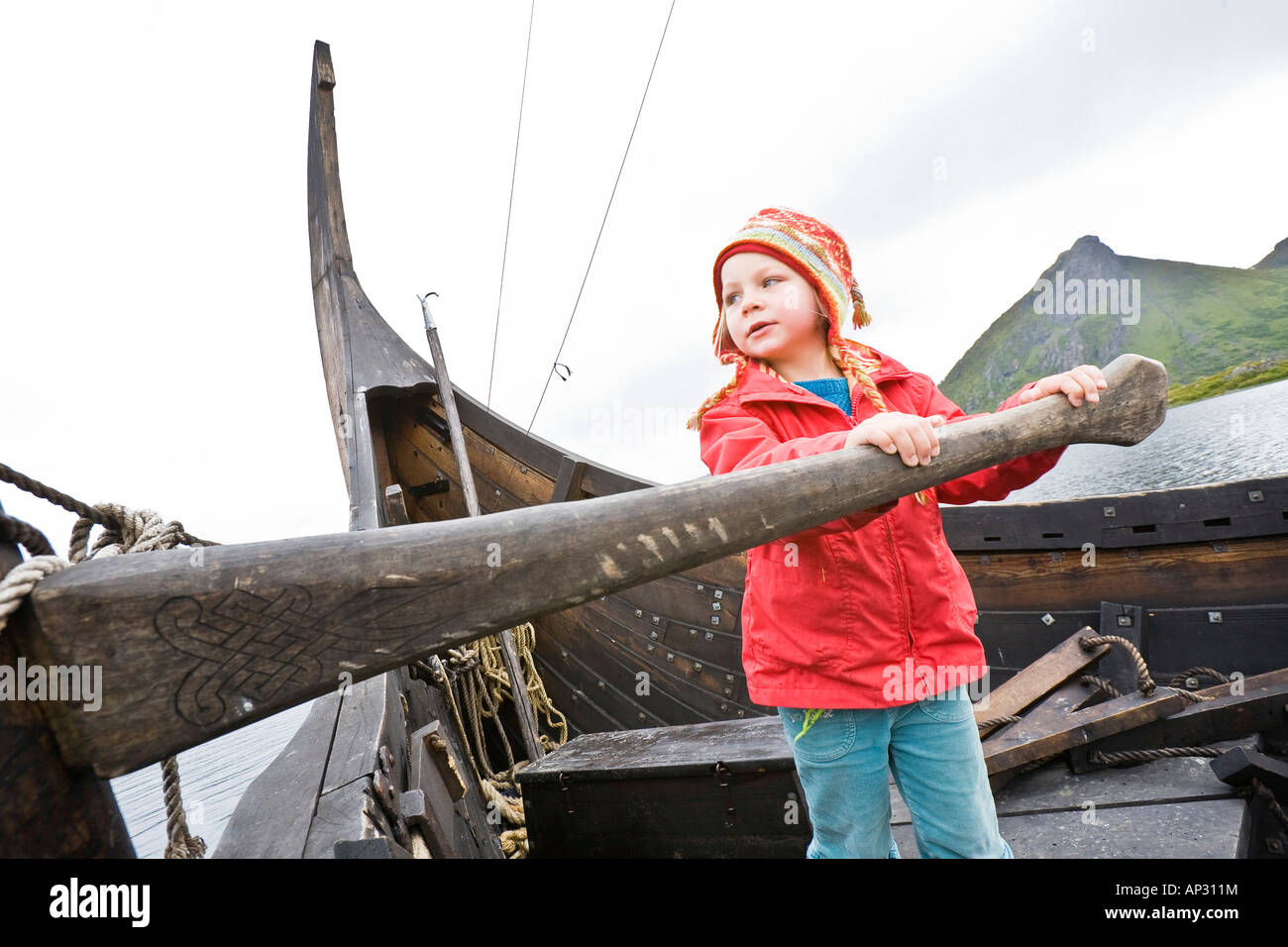
Girl at the oar, rudder of a vikingship, Viking museum, Lofoten, Norway Stock Photo Alamy
In the Viking Age, the rudder was a balance rudder, which was placed at the side of the ship. If it was correctly shaped and fitted - and the ship was otherwise properly trimmed and rigged - the helmsman needed no more strength to operate the rudder than was required to overcome the resistance in its two bearings.

Top 4 Viking Ship Excavations That Excite You To The Core Viking wallpaper, Viking ship, Vikings
In the Viking Age, the rudder on ships and boats sat on the starboard side (the name deriving from styrbord, the Norse term the boards (planks) in the side where you steer the boat, hence, steering-board).

Gislingeboat Rudder and tackle
Viking ships and side rudders | Top 5 films from The Viking Ship Museum in 2021 - no. 1 We have looked back at the films we posted on Facebook in 2021 and over the next few weeks, will. | By Vikingeskibsmuseet i Roskilde | Facebook Log In Forgot Account?
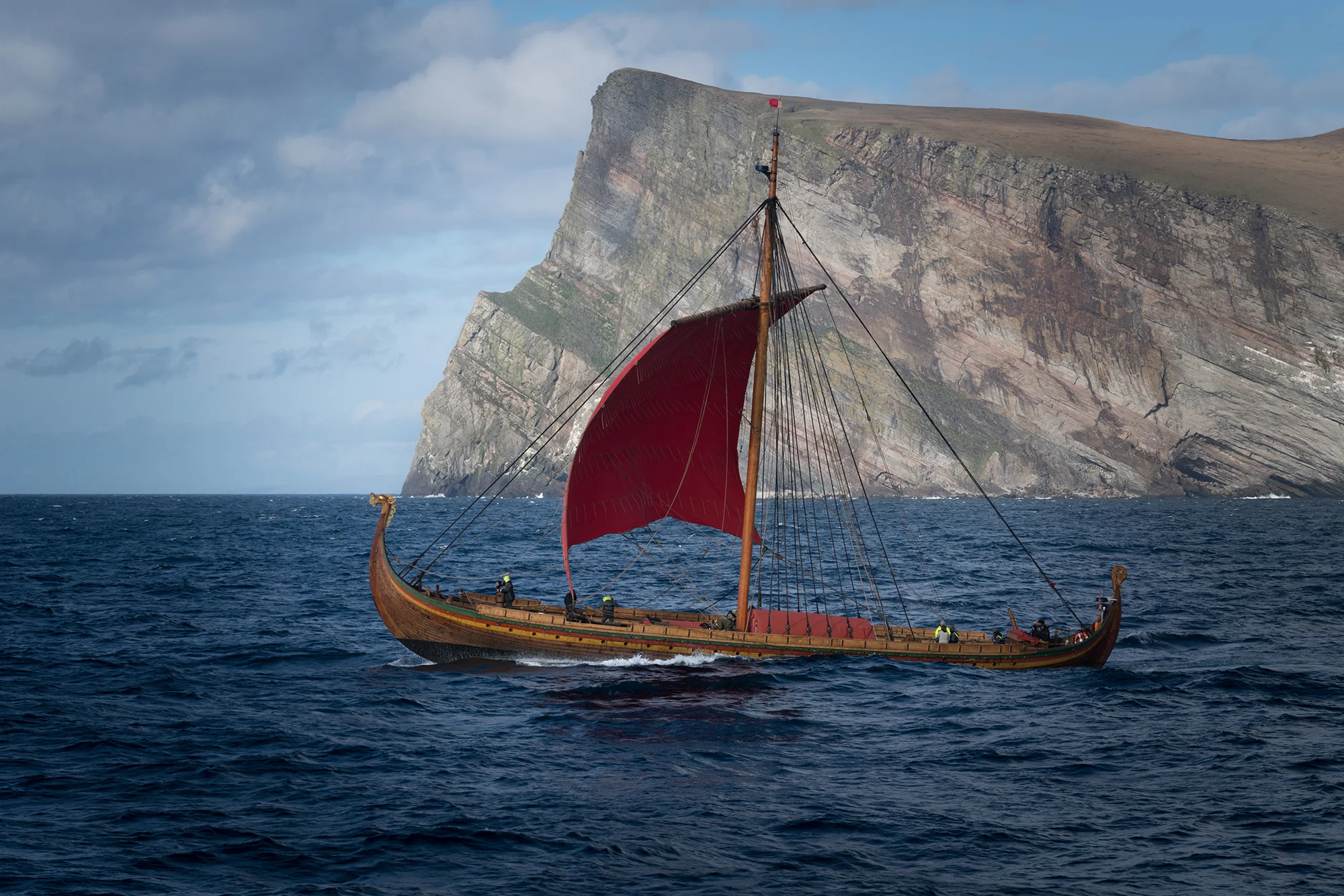
About the ship Draken Harald Hårfagre — Draken Harald Hårfagre
A few feet behind him, the leather straps holding the ship's rudder to its side had snapped. The 98-foot vessel, a nearly $2.5 million replica of a thousand-year-old Viking ship, was rolling.

What Travel Writers Say
Vikings used ocean-going traders, like this one, to explore the coasts of Newfoundland and Labrador. It was a shallow-draft cargo ship, built to float in as little as 3.5 feet of water. "This boat is named after the first boy to be born in Vinland," said Bjorn. "It was built on Hermit Island, Maine, in 1996." Boardwalk to sod-covered boat house.
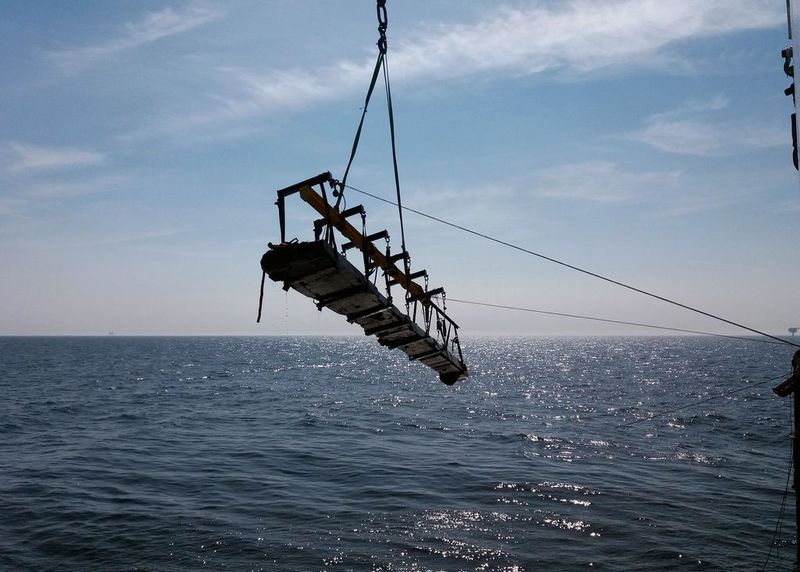
300yearold ship's rudder discovered during the construction of Kriegers Flak offshore wind
Archaeologists also suspect that the vessel has a central rudder; in contrast, Viking ship rudders were usually located on the right side of the hull. At the same time, the vessel may have.

Viking ship Black and White Stock Photos & Images Alamy
Ancient Worlds Secrets of Viking Ships For three turbulent centuries, the glimpse of a square sail and dragon-headed prow on the horizon struck terror into the hearts of medieval Europeans..